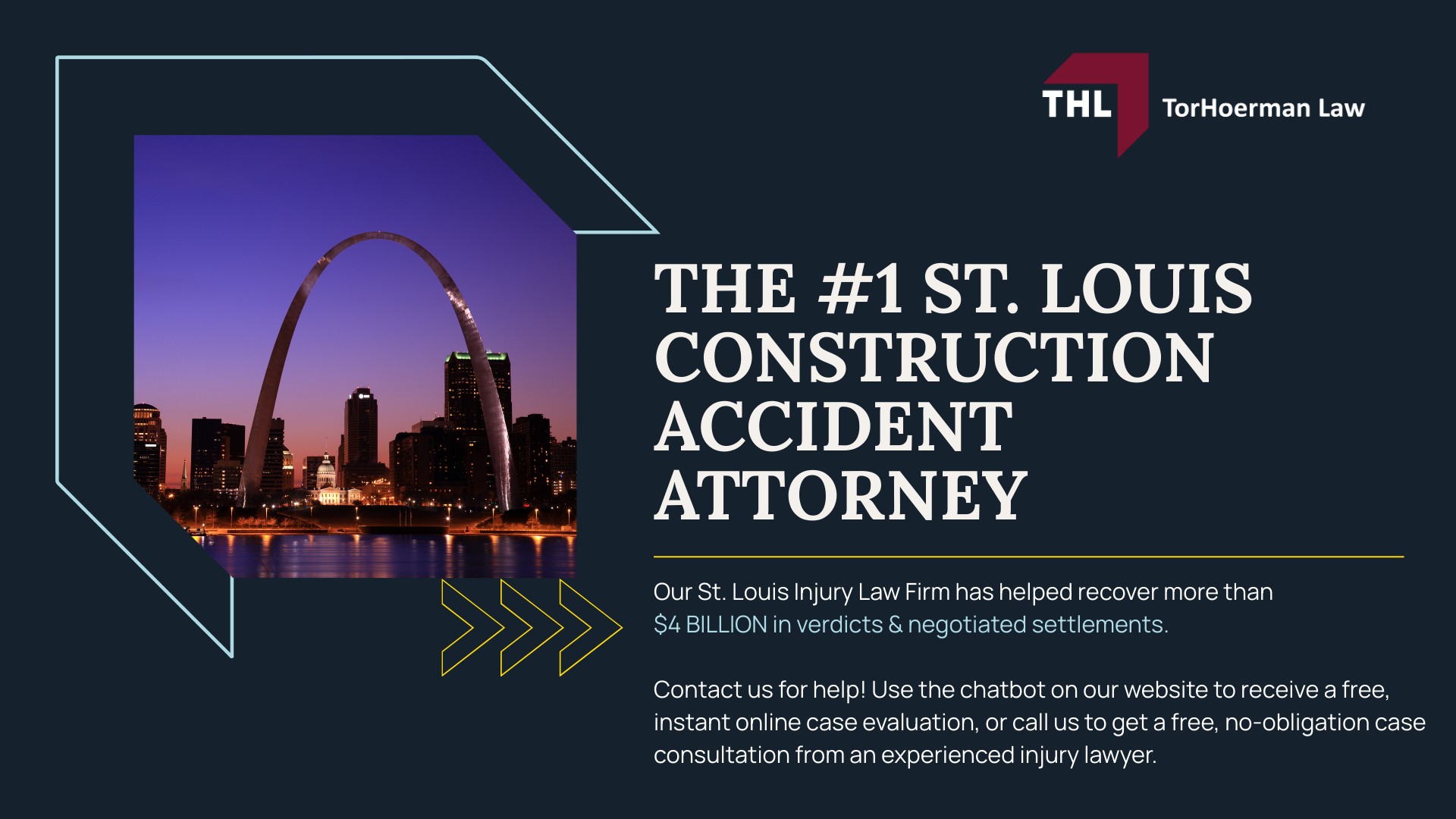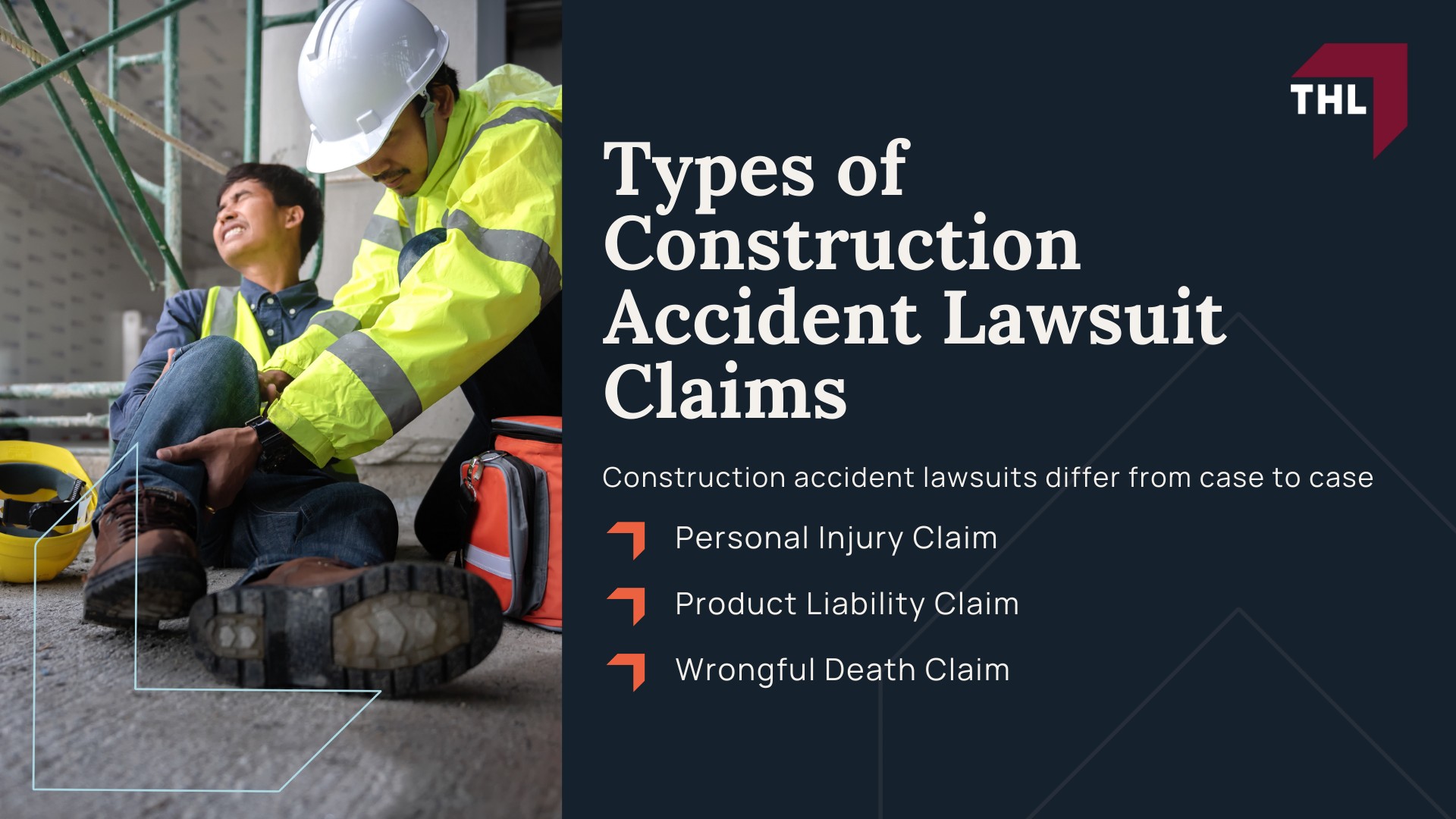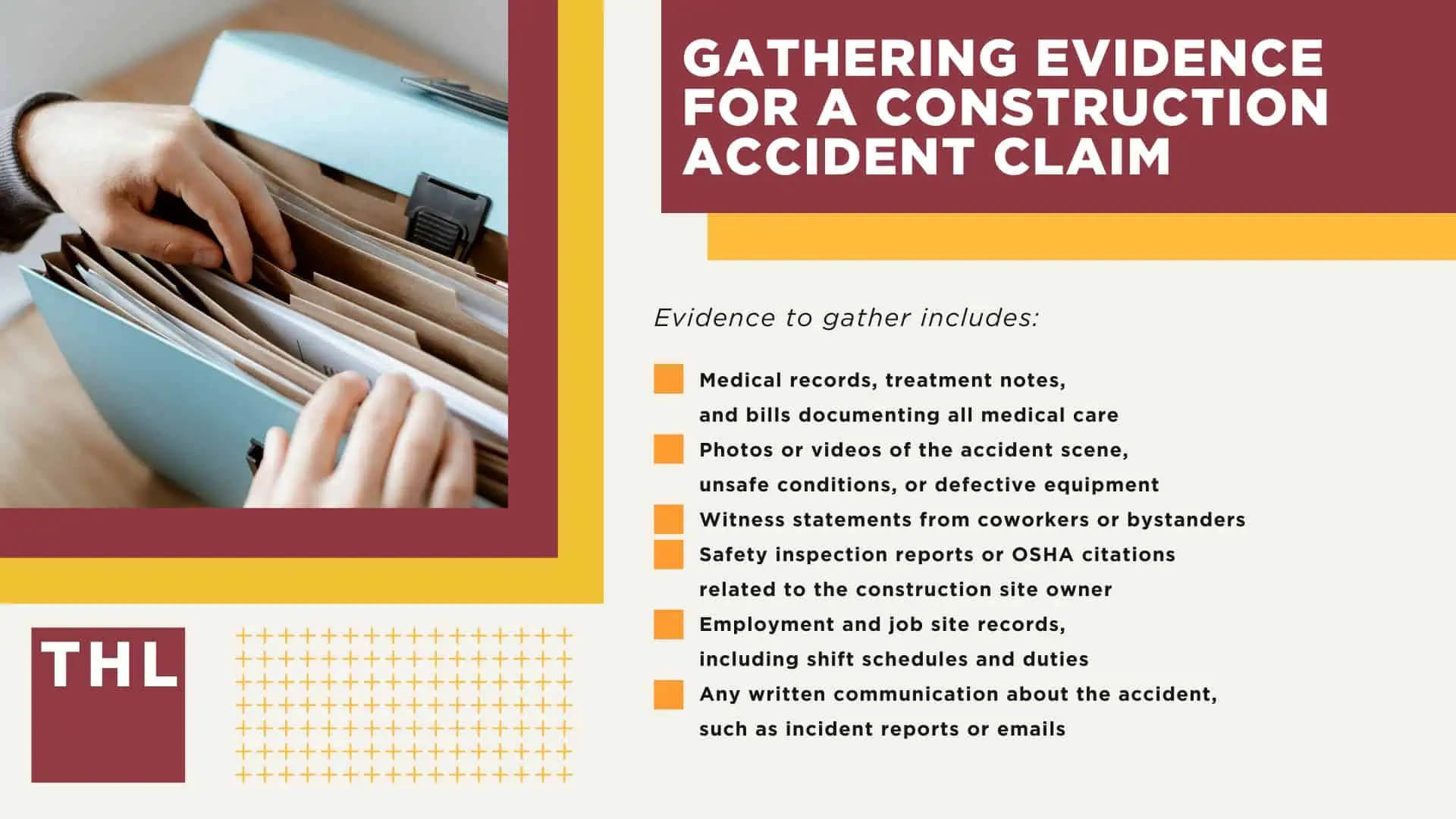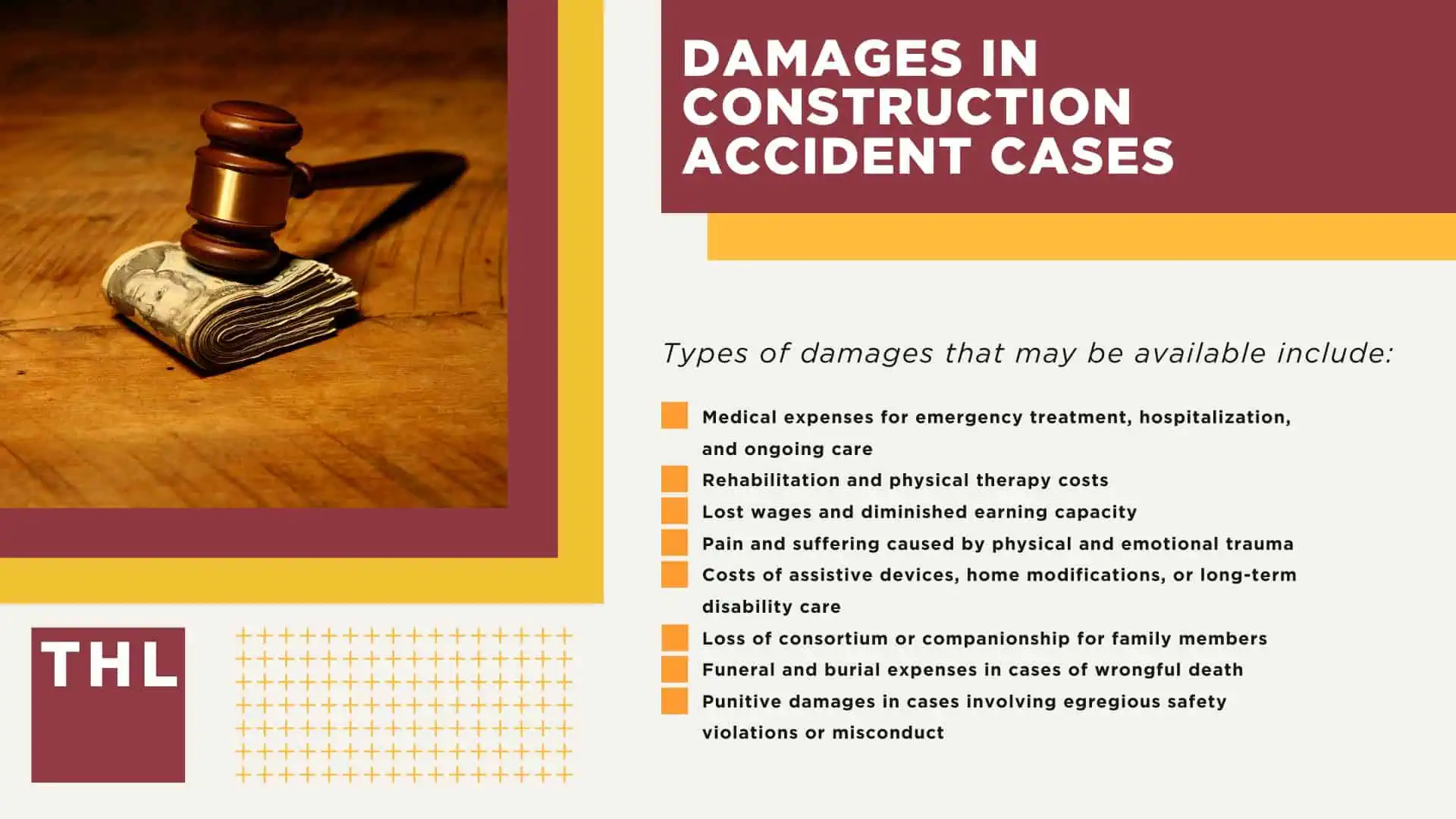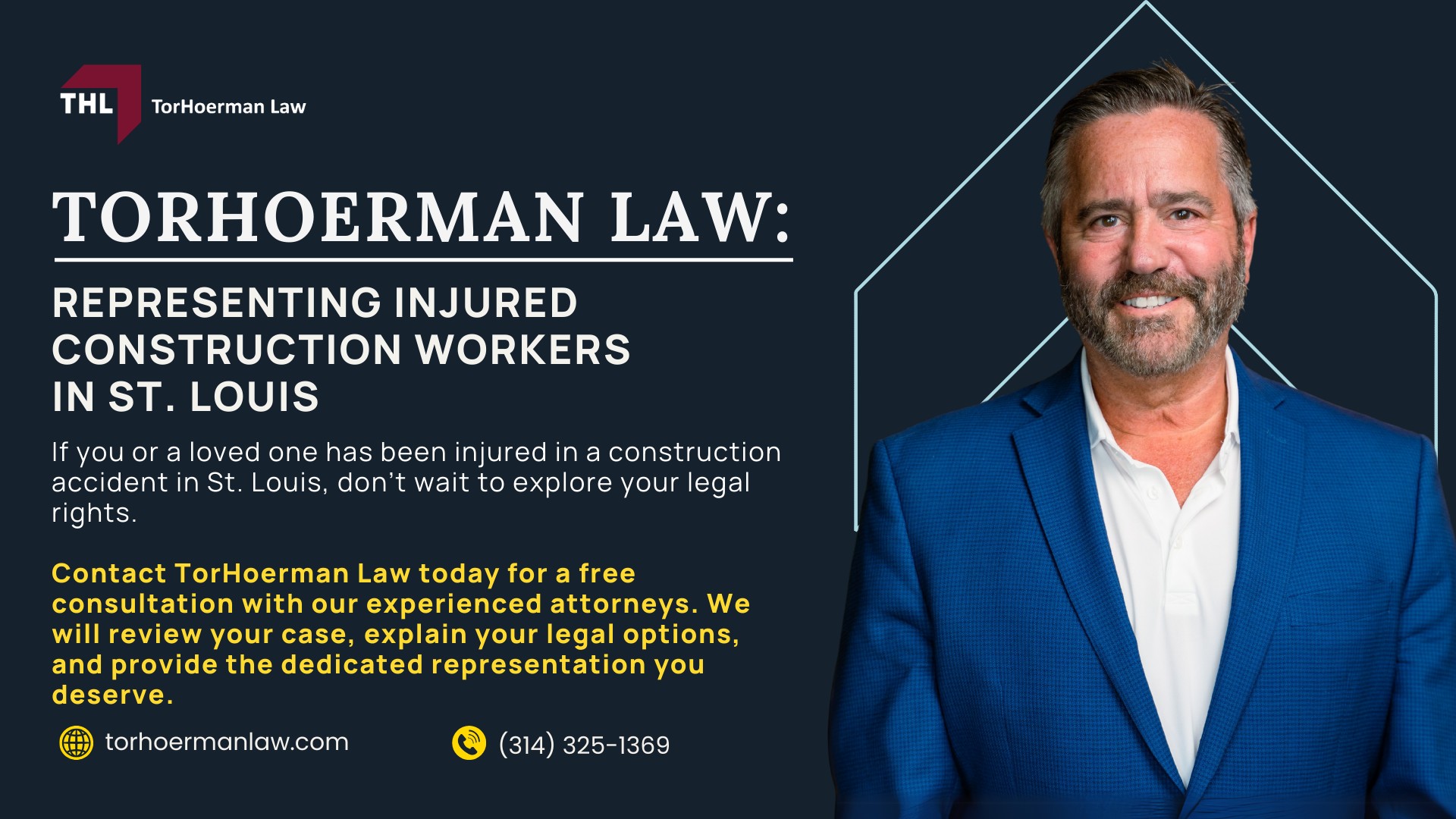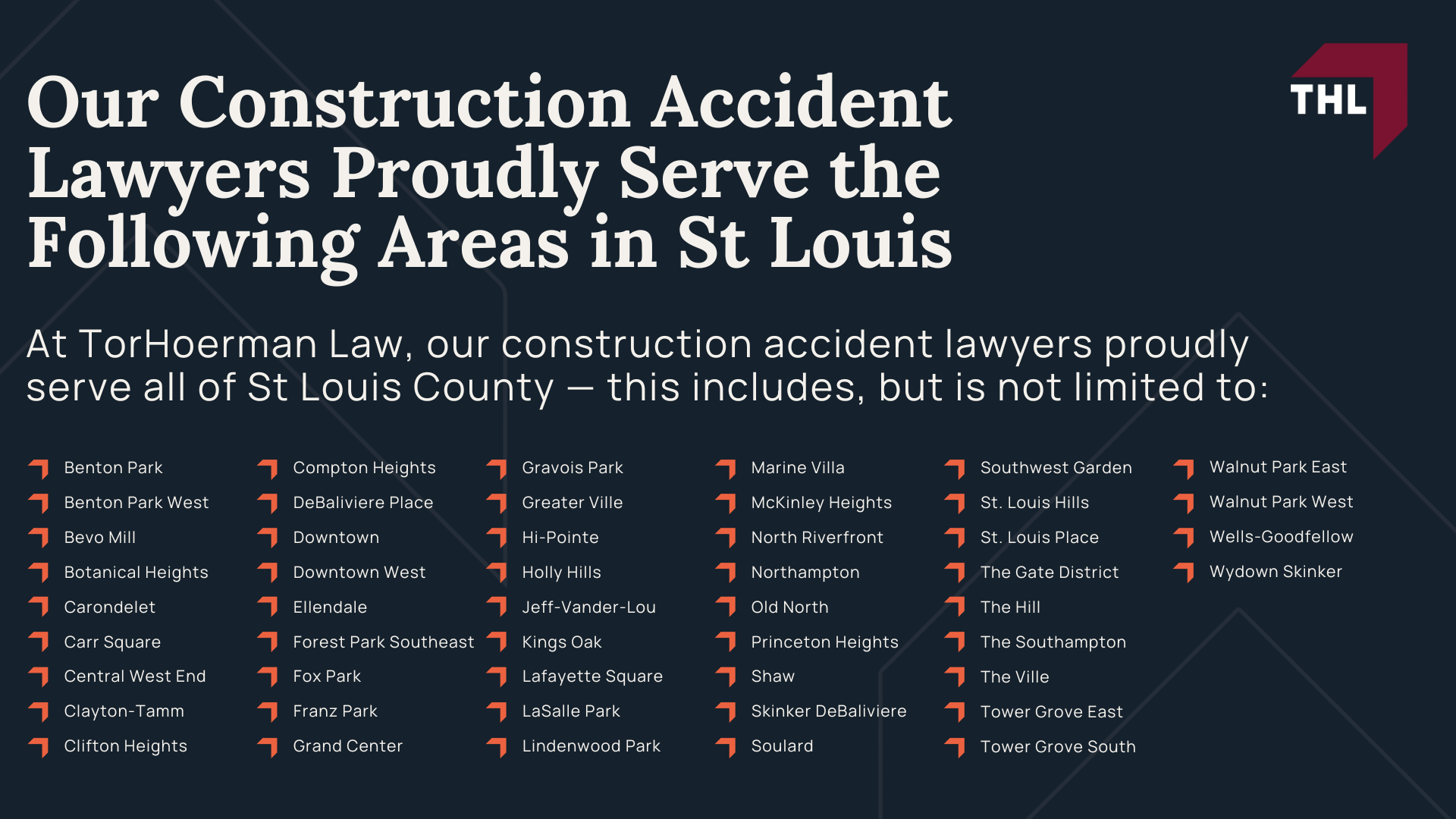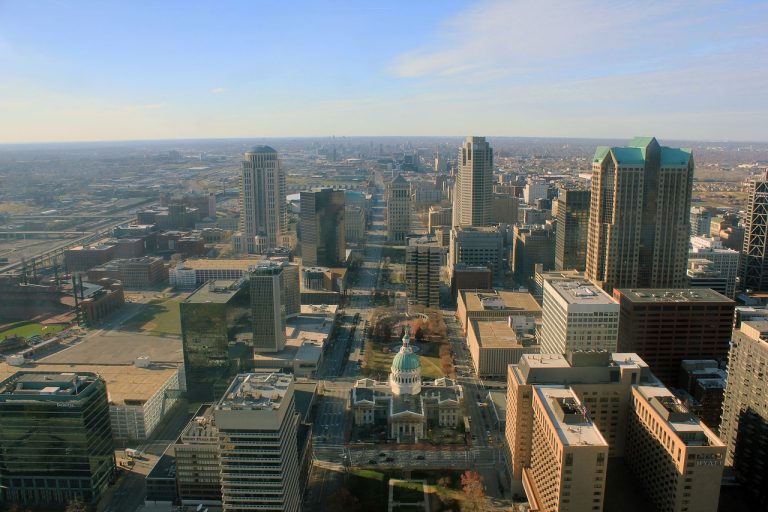Construction remains one of the most hazardous professions in St. Louis and across the country.
Despite strict occupational safety standards, construction site accidents continue to occur at alarming rates, leaving injured workers to face medical treatment, lost wages, and long-term uncertainty.
The nature of construction means working around heavy machinery, unstable structures, and dangerous conditions on nearly every job site.
Even when precautions are in place to protect construction workers, oversight lapses, negligence, or faulty equipment can lead to catastrophic outcomes.
In fact, construction fatalities make up a large portion of workplace deaths nationwide, often tied to situations involving falling objects, crane accidents, or electrocution.
Survivors of these incidents may suffer severe injuries ranging from traumatic brain damage to spinal cord trauma, while grieving families may pursue wrongful death claims when negligence is involved.
In many cases, liability may extend beyond employers, opening the door to claims involving third party liability when contractors, subcontractors, or equipment manufacturers contribute to unsafe conditions.
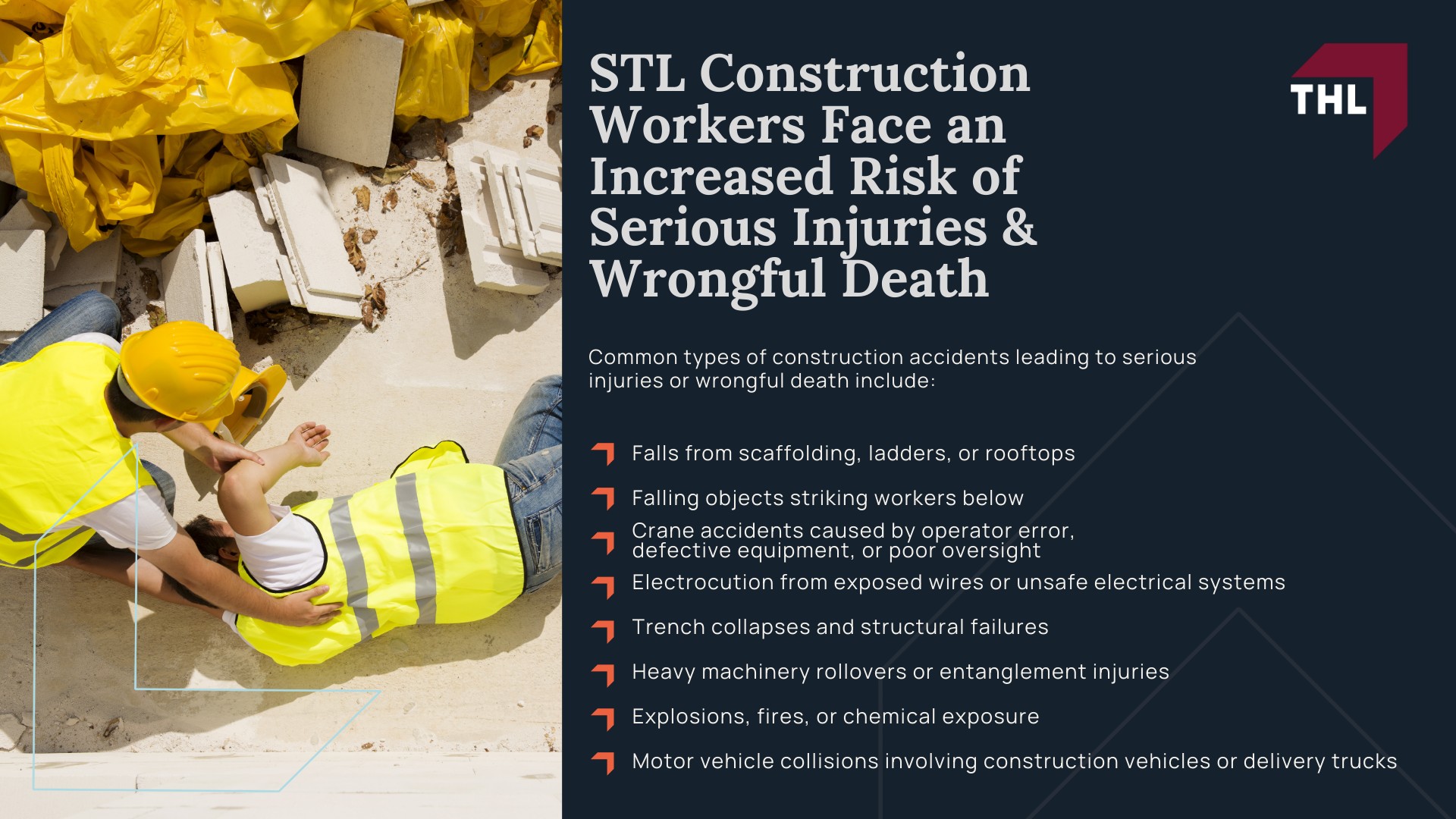
Common types of construction accidents leading to serious injuries or wrongful death include:
- Falls from scaffolding, ladders, or rooftops
- Falling objects striking workers below
- Crane accidents caused by operator error, defective equipment, or poor oversight
- Electrocution from exposed wires or unsafe electrical systems
- Trench collapses and structural failures
- Heavy machinery rollovers or entanglement injuries
- Explosions, fires, or chemical exposure
- Motor vehicle collisions involving construction vehicles or delivery trucks
This environment makes it critical for workers and families to understand their rights following construction accident injuries, and to seek legal counsel capable of identifying liable parties and holding them accountable.
Common Construction Injuries
Construction remains one of the most dangerous industries in the United States, consistently leading federal statistics on workplace injuries and fatalities.
Every construction site accident has the potential to cause life-altering harm because workers face constant exposure to heavy machinery, electrical systems, and unstable structures.
Injuries can range from relatively minor incidents that require short-term treatment to catastrophic trauma resulting in permanent disability or death.
Many of these conditions not only cause immediate pain but also lead to long-term medical needs, reduced ability to work, and emotional suffering for both the injured worker and their family.
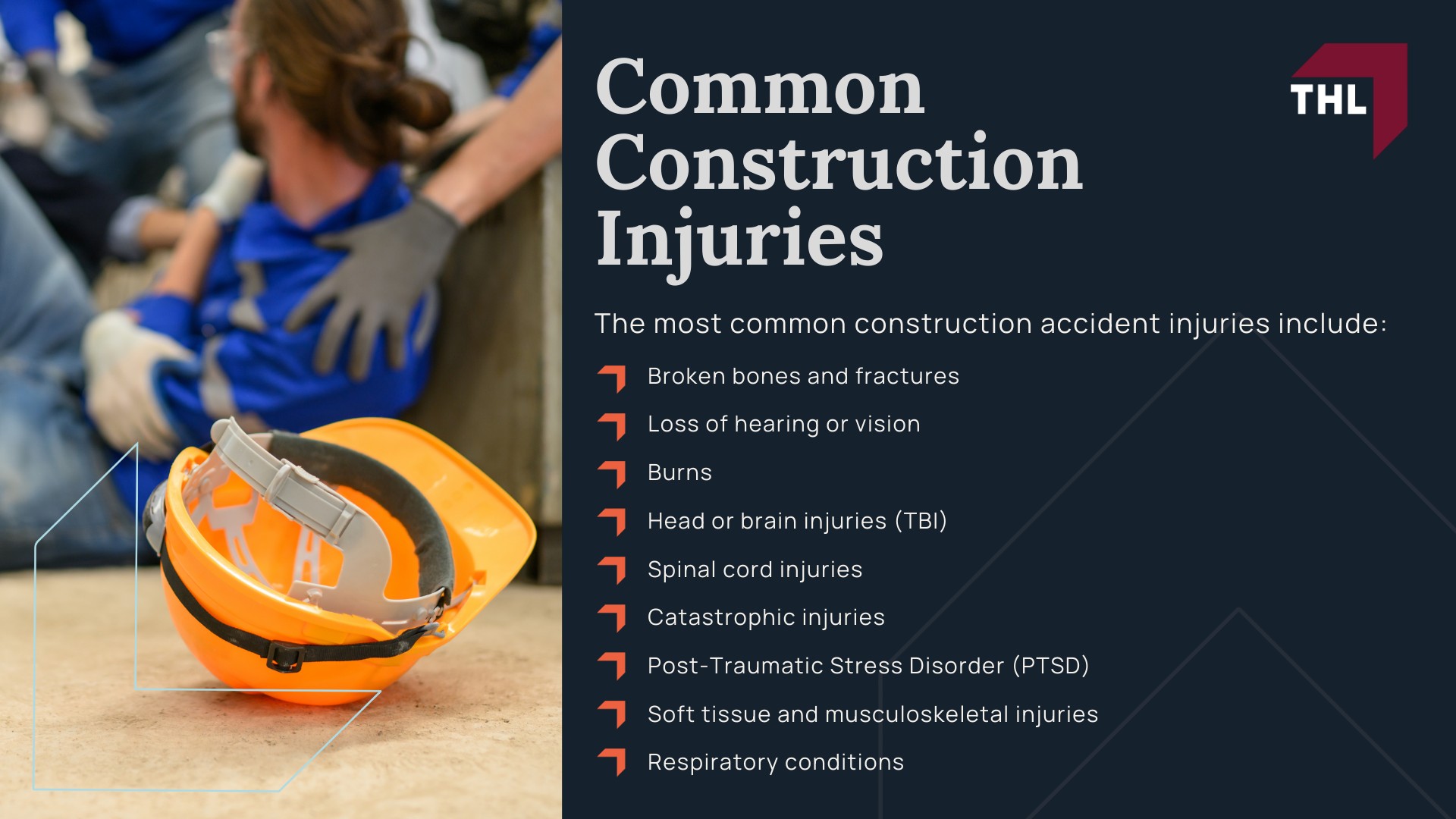
The most common construction accident injuries include:
- Broken bones and fractures – Caused by falls, machinery accidents, or being struck by heavy objects; often requiring surgeries, casts, or long rehabilitation.
- Loss of hearing or vision – Resulting from exposure to loud equipment, chemical burns, flying debris, or electrical explosions that can permanently affect a worker’s quality of life.
- Burns – Severe injuries from fires, chemical spills, welding accidents, or electrical contact that may lead to infection, skin grafts, and permanent scarring.
- Head or brain injuries (TBI) – Trauma from falling tools, slips from scaffolding, or being struck by equipment, sometimes causing long-term cognitive and neurological impairment.
- Spinal cord injuries – Frequently the result of falls from heights or heavy machinery accidents, which may lead to partial or complete paralysis.
- Catastrophic injuries – Life-altering damage such as amputations, multiple fractures, or crushed limbs that drastically change a worker’s ability to return to the job site.
- Post-Traumatic Stress Disorder (PTSD) – A psychological injury that can follow after experiencing or witnessing severe job site trauma, affecting sleep, focus, and overall well-being.
- Soft tissue and musculoskeletal injuries – Strains, sprains, and repetitive stress injuries that build up over time but can still significantly limit mobility and earning capacity.
- Respiratory conditions – Caused by long-term exposure to dust, asbestos, silica, or toxic chemicals, which can develop into chronic or fatal lung disease.
By understanding the breadth of injuries that occur on construction sites, it becomes clear why strict safety protocols are essential and why injured workers often need strong legal advocacy to secure the compensation required for medical care, lost wages, and long-term support.

